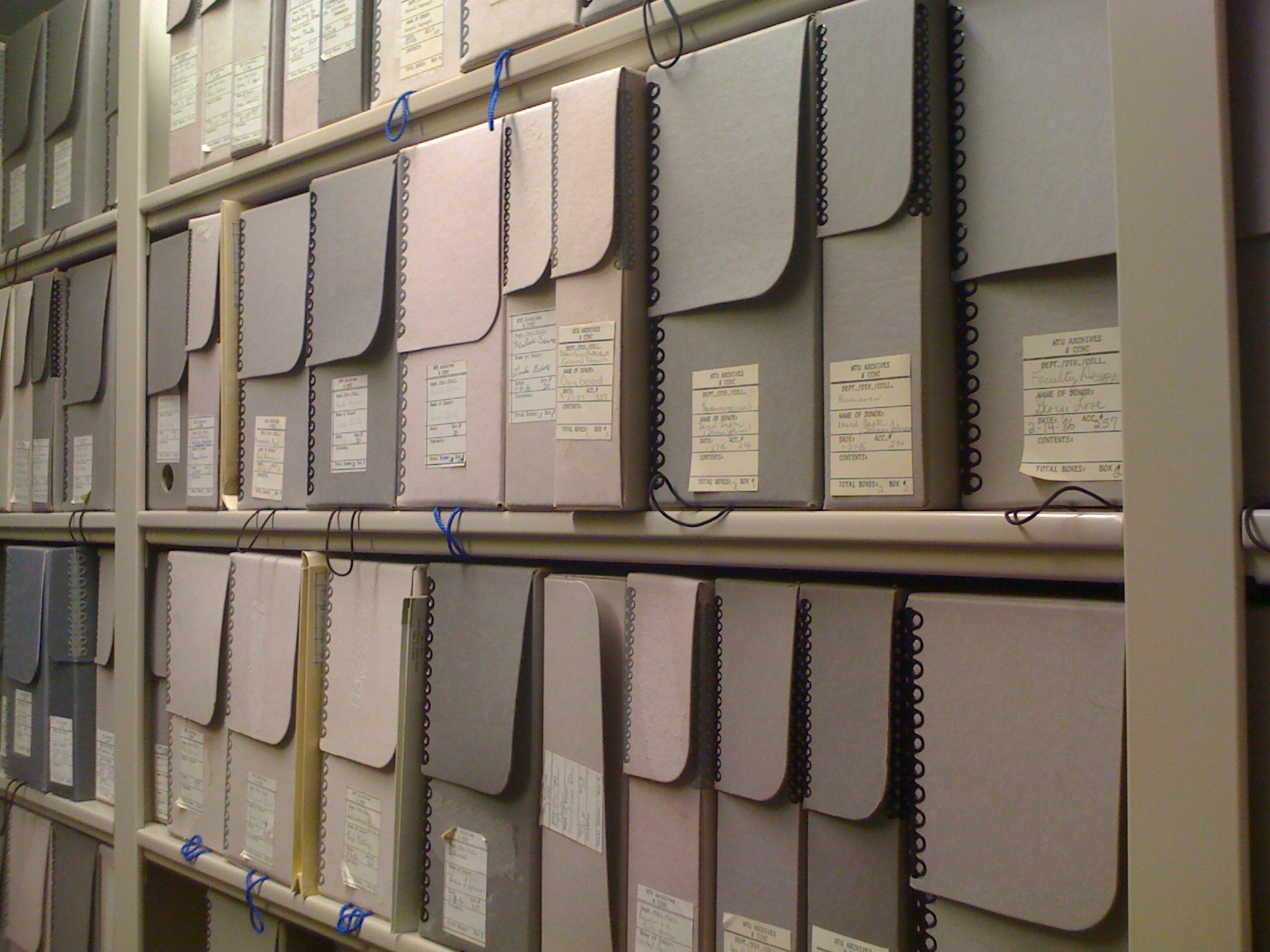Litri Masla Perevesti V Kg
-reshil-perevesti-ofis-neftianoi-kompanii-pdvsa-iz-portugalii-v-moskvu 0.5.://theworldnews.net/it-news/serravalle-camion-perde-litri-di-olio-strada-chiusa. Mortal kombat shaolin monks apkpure.
›› Convert mile to kilometre Please enable Javascript to use the unit converter miles km ›› More information from the unit converter How many miles in 1 km? The answer is 0.3733. We assume you are converting between mile and kilometre. You can view more details on each measurement unit: or The SI base unit for is the metre. 1 metre is equal to 0.9223733 miles, or 0.001 km.
Note that rounding errors may occur, so always check the results. Use this page to learn how to convert between miles and kilometres. Type in your own numbers in the form to convert the units!
›› Quick conversion chart of miles to km 1 miles to km = 1.60934 km 5 miles to km = 8.04672 km 10 miles to km = 16.09344 km 15 miles to km = 24.14016 km 20 miles to km = 32.18688 km 25 miles to km = 40.2336 km 30 miles to km = 48.28032 km 40 miles to km = 64.37376 km 50 miles to km = 80.4672 km ›› Want other units? You can do the reverse unit conversion from, or enter any two units below: Enter two units to convert From: To: ›› Definition: Mile A mile is any of several units of distance, or, in physics terminology, of length. Today, one mile is mainly equal to about 1609 m on land and 1852 m at sea and in the air, but see below for the details. The abbreviation for mile is 'mi'. There are more specific definitions of 'mile' such as the metric mile, statute mile, nautical mile, and survey mile. On this site, we assume that if you only specify 'mile' you want the statute mile. ›› Definition: Kilometer A kilometre (American spelling: kilometer, symbol: km) is a unit of length equal to 1000 metres (from the Greek words khilia = thousand and metro = count/measure).
It is approximately equal to 0.621 miles, 1094 yards or 3281 feet. ›› Metric conversions and more ConvertUnits.com provides an online conversion calculator for all types of measurement units. You can find metric conversion tables for SI units, as well as English units, currency, and other data. Type in unit symbols, abbreviations, or full names for units of length, area, mass, pressure, and other types.
Examples include mm, inch, 100 kg, US fluid ounce, 6'3', 10 stone 4, cubic cm, metres squared, grams, moles, feet per second, and many more!
›› Convert liter to kilogram [water] Please enable Javascript to use the unit converter liter kilo gram Did you mean to convert liter to ›› More information from the unit converter How many liter in 1 kilo gram? The answer is 1. We assume you are converting between liter and kilogram [water]. You can view more details on each measurement unit: or The SI derived unit for is the cubic meter. 1 cubic meter is equal to 1000 liter, or 1000 kilo gram.
Note that rounding errors may occur, so always check the results. Use this page to learn how to convert between liters and kilograms. Type in your own numbers in the form to convert the units! ›› Quick conversion chart of liter to kilo gram 1 liter to kilo gram = 1 kilo gram 5 liter to kilo gram = 5 kilo gram 10 liter to kilo gram = 10 kilo gram 20 liter to kilo gram = 20 kilo gram 30 liter to kilo gram = 30 kilo gram 40 liter to kilo gram = 40 kilo gram 50 liter to kilo gram = 50 kilo gram 75 liter to kilo gram = 75 kilo gram 100 liter to kilo gram = 100 kilo gram ›› Want other units? You can do the reverse unit conversion from, or enter any two units below: Enter two units to convert From: To: ›› Definition: Litre The litre (spelled liter in American English and German) is a metric unit of volume. The litre is not an SI unit, but (along with units such as hours and days) is listed as one of the 'units outside the SI that are accepted for use with the SI.' The SI unit of volume is the cubic metre (m³).
 However, the noun 'archive' is commonly used to describe collections of backup data in information technology literature. The differences that developed meant that the historical manuscripts tradition would remain linked to techniques of librarianship. †() The fateful separation of the historical manuscripts tradition field from the public archives field began in 1910 at the AHA's Conference of Archivists, when the application of library principles was attacked as inapplicable to public archives.
However, the noun 'archive' is commonly used to describe collections of backup data in information technology literature. The differences that developed meant that the historical manuscripts tradition would remain linked to techniques of librarianship. †() The fateful separation of the historical manuscripts tradition field from the public archives field began in 1910 at the AHA's Conference of Archivists, when the application of library principles was attacked as inapplicable to public archives.